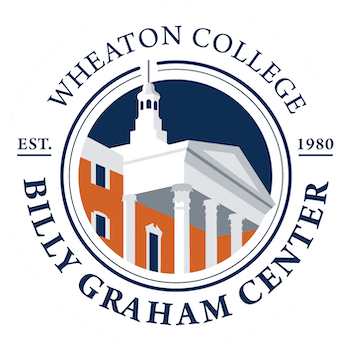Roughly one century ago, Christians in the United States walked through a battle about orthodoxy known as the Fundamentalist-Modernist controversy. Eventually, out of the Fundamentalist side of the debates over cardinal doctrines, arose the streams of evangelicalism we find today in the United States.
As I look at where American Evangelicals are today, I see shadows of the century-old controversy that are being worked out in 21st century ideology and framed in contemporary vehicles of public discourse (blogs, tweets, soundbites, rants, and so on).
We are not wrestling with the five fundamentals identified during the earlier era. Our current list of fundamentals would shock that generation. They include such things as gender role and identity, power differentials, environmentalism and social justice. These are the current 21st century battle-grounds pitting evangelicals against each other, splintering us in a thousand directions rather than just two or three.
After an election in which it was widely reported that 80% of white evangelicals voted for Trump, some prominent evangelicals are publicly considering whether they even want this label any longer (see, e.g., Labberton 2018). It is important to recap some critical elements of the 20th century plot line in anticipation of better identifying the fault lines that are being subjected to today’s earthquakes.
The Fundamentalist-Modernist controversy was characterized as the splitting of Christians into two primary camps. The Modernists were portrayed as educated, wealthy and sophisticated cultural icons; the Fundamentalists were portrayed as rigid, doctrinaire, uneducated and bigoted, especially in the aftermath of the infamous “Scopes Monkey Trial” (1925).
From the 1930s to the early 1960s, both groups experienced growth. Among evangelicals, in the 1940s proponents such as Carl Henry and Billy Graham championed a “neo” form of evangelicalism which was willing to engage the larger culture even if the larger culture was unwilling to listen. Those who disagreed with the neoevangelical orientation remained fundamentalist in outlook though they tended to dissociate themselves even from each other over doctrinal issues.
A friend of mine who grew up in that era near Princeton (one of the battleground sites in the Fundamentalist-Modernist debate) said he often heard, “To become educated is to become liberal.” Despite that populist orientation among so-called Fundamentalists, many Christian institutions of higher education were formed or significantly strengthened during these years as the growing number of evangelicals sought educational environments for their children that better fit their own theological framing.
By the 1970s, the descendants of “modernists” had become mainline and typically liberal, their numbers steadily declining even as evangelical numbers grew. Martin Marty, University of Chicago historian, noted, “If, in effect, [evangelicalism] is turning out to be the Protestant mainstream, it will increasingly take on the burdens of typicality and of cultural predominance” (Marty 1975, 174). Further, he related, “Most of the energies expended recently by evangelicals have been directed chiefly to the cause of demarking or delineating boundaries between themselves and American Protestant liberals on one hand and fundamentalisms on the other” (Ibid., 170). He predicted that “Evangelicals . . . cannot expect a serene life as they try to remain a ‘cognitive minority’ while they have become a kind of social behavior majority far beyond the borders of middle America. (Ibid.) Despite our demographic stature, since the 1970s evangelicals have danced awkwardly with the larger culture—at times glorying in their political power even while disparaging cultural shifts. Indeed, we have not experienced a serene life!
After the 1970s, post-conservative evangelicals, radical evangelicals, and progressive evangelicals all emerged. We have debated hell, death, God’s nature, sexual orientation, environmentalism, and the like. In the 1920s the battle grounds were denominational assemblies, public statements, newspapers, courtrooms and academies. In the 2020s the battlegrounds will be academies, public statements, and social media of all types.
The missiological framing of this churn will be seen in multiple ways.
- With whom do we cooperate—with whom do we compete?
- In what ways can/should denominationalism be the framing point for church planning in an increasingly post-evangelical post-denominational society?
- Is it possible for post-denominationalists to jointly engage in planting churches?
- What will be the boundary lines (assuming there are any!) of social media in church?
- When does contextualization of methods to reach those from the “nones” to the diaspora populations in our midst become syncretism? How can we discern the difference? Who makes the call?
Can a missiological lens (or multiple such lenses) help bring order to the chaos that evangelicalism has become? Addressing each of these (and many parallel questions we can ask) is far beyond the scope of this article. But they are the types of questions missiologists have tools to bring to bear which might help American evangelicals find viable answers.
References
Labberton, Mark, ed. 2018. Still Evangelical? Insiders Reconsider Political, Social and Theological Meaning. Downers Grove: InterVarsity Press.
Marty, Martin. 1976. “Tensions within Contemporary Evangelicalism: A Critical Appraisal.” In The Evangelicals: What They Believe, Who They Are, Where They Are Changing, 170-88. Edited by David Wells and John Woodbridge. Nashville: Abingdon.

